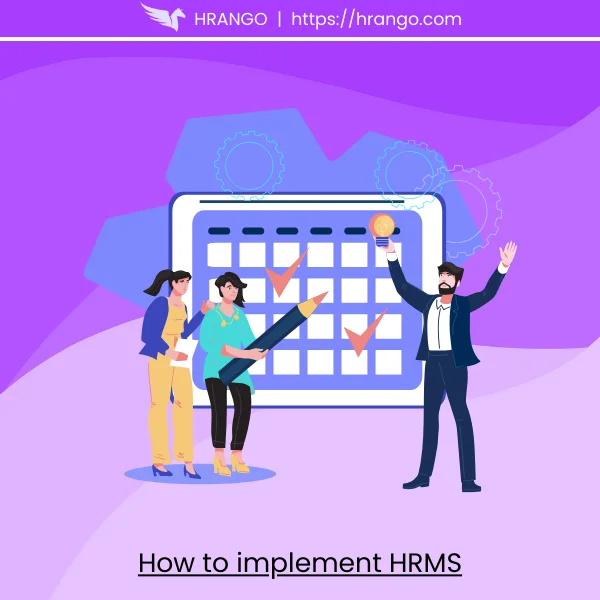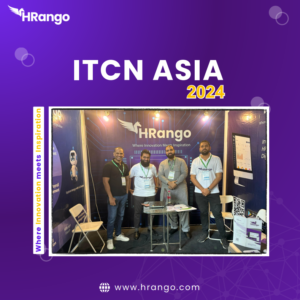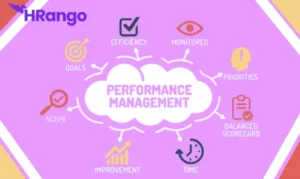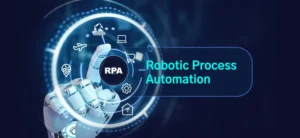Introduction
Human Resource Management Systems (HRMS) like hRango are crucial tools for managing various HR functions. Thus, it is important to know how to implement HRMS. It manages various HR functions such as payroll, recruitment, performance evaluation, and employee engagement. While these systems offer substantial benefits, their implementation comes with its own set of challenges. Here are some best practices and common challenges to consider for implementation of HRMS.
Best Practices in implementation of HRMS
1. Define Clear Objectives
Start by identifying the specific goals you aim to achieve with the HRMS. These could include improving payroll accuracy, streamlining recruitment processes, or enhancing employee performance tracking.
2. Involve Stakeholders:
Engage key stakeholders from various departments to ensure the system meets diverse needs. Their input can provide valuable insights into the functionalities required.
3. Choose the Right System:
Select an exceptional HRMS like hRango that aligns with your organizational size, industry, and specific requirements. Consider scalability, user-friendliness, and integration capabilities.
4. Data Migration Planning:
Develop a comprehensive plan for migrating existing data to the new system. Ensure data accuracy and integrity during this process to avoid discrepancies.
5. Training and Support:
Provide thorough training for all users to maximize the system’s benefits. Ongoing support and resources should be available to address any issues that arise post-implementation.
6. Monitor and Evaluate:
Continuously monitor the system’s performance and gather feedback from users. Regular evaluations can help identify areas for improvement and ensure the system evolves with organizational needs.
Challenges in implementation of HRMS
1. Resistance to Change:
Employees may be resistant to adopting a new system. Effective change management strategies, including clear communication and training, can mitigate this issue.
2. Data Security Concerns:
HRMS systems handle sensitive employee information, making data security a top priority. Implement robust security measures to protect against breaches and unauthorized access.
3. Integration Issues:
Integrating the HRMS with existing systems can be complex. Ensure compatibility and plan for potential integration challenges during the selection phase.
4. Cost Management:
The initial cost of implementing an HRMS like hRango can be high. Budgeting for both the initial investment and ongoing maintenance is crucial to avoid financial strain.
5. Customization Needs:
Off-the-shelf HRMS solutions may not meet all organizational needs. Balancing customization with system stability and vendor support can be challenging.
6. Technical Issues:
Technical glitches and system downtime can disrupt HR processes. Having a reliable IT support team and a contingency plan can help manage these issues effectively.
By following these best practices of how to implement HRMS and being aware of potential challenges, organizations can successfully implement an HRMS like hRango , leading to more efficient HR operations and improved overall performance.







